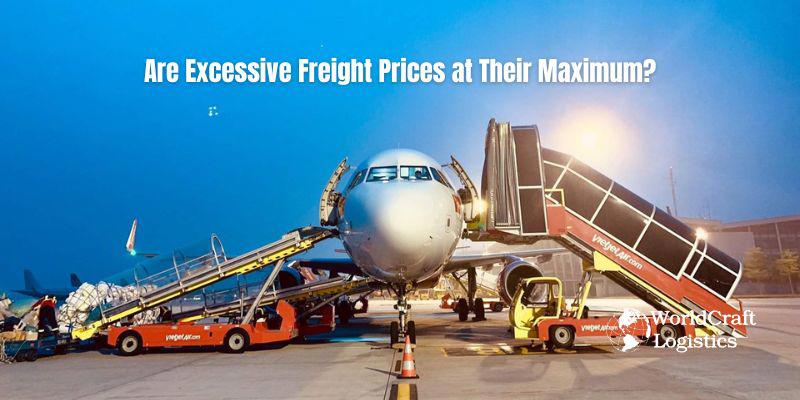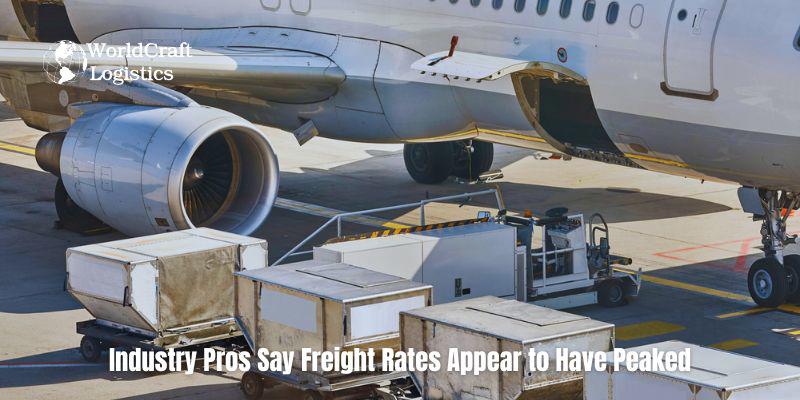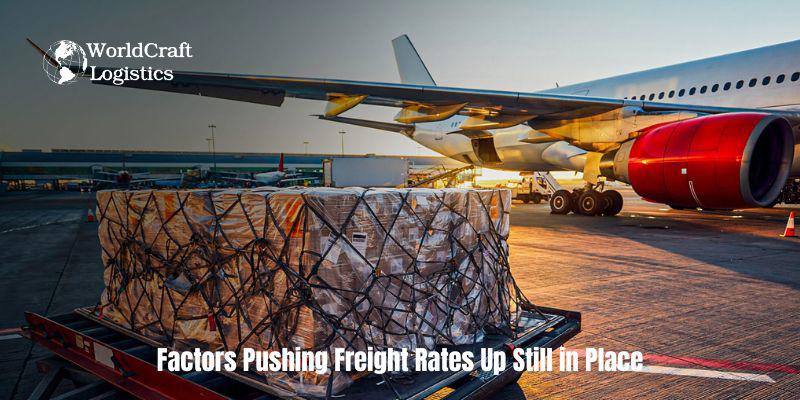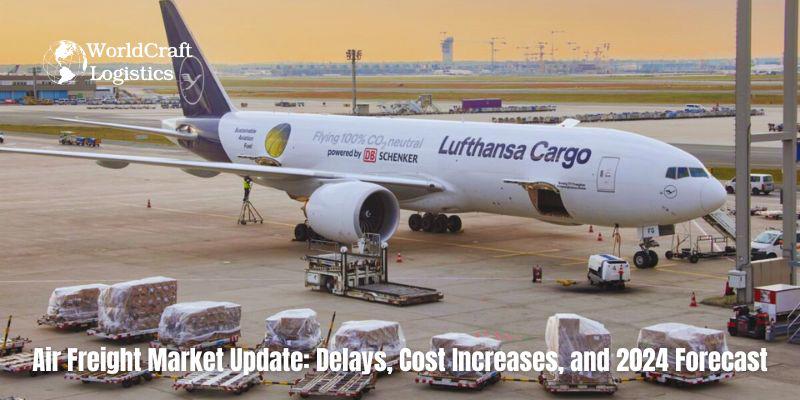
Starting June 1st, 2023 Our warehouse fee will be $0.65/cubic foot per month
In effort to lower the warehouse storage fee during inflation, we have went narrow aisle racking.This construction took us four months but the project is finally completed. With narrow aisle racking, we are able to drop storage by 24%.We as partners will go through this inflation together.
07/17/2024
According to data from S&P Global reported in the Journal of Commerce (JOC), freight rates from Asia to the U.S. West Coast (USWC) on July 5th surged by 350% year-over-year. Rates to the U.S. East Coast (USEC) saw an even steeper increase of 551%. Since April 19th, these rates had been on a relentless upward trajectory. By this month, they had reached levels akin to a "supply chain crisis."
However, as of July 10th, there was a significant shift. Freight rates from Asia to USWC dropped by 2% this week, while rates to USEC declined by 3%, according to the latest S&P Global data in the JOC.
Does this indicate a peak in freight rates? Are we on the brink of a decline? Let's delve deeper...

According to a recent article by Bill Mongelluzzo in JOC, ocean shipping companies have indicated that the sharply rising freight rates have seemingly reached their peak.
Spot ocean rates for Asia to the US West Coast appear to have peaked after edging lower over the past week, forwarders and carriers say, reflecting the capacity recently injected on the trade to handle what US retailers are calling their strongest volumes in two years.
…
“It was almost a change overnight in the market dynamics,” a carrier executive told the Journal of Commerce. “The turning point was the first week in July.”
The Journal of Commerce spoke to six non-vessel-operating common carriers (NVOs), two carriers, two importers and an industry consultant for this story.
…
“We’re getting notifications of [rate] reductions from some carriers,” said Kurt McElroy, executive vice president of the NVO Kerry Apex.
This development is indeed welcomed by shippers; nevertheless, freight rates remain exceedingly high, and it is premature to conclusively state that rates have reached their peak and will soon decline…

Several factors are driving up freight rates currently. Congestion at Asian ports, coupled with container availability issues exacerbated by this congestion, and diversions of container ships away from the Suez Canal due to attacks by Iran-backed Houthis in the Red Sea, all contribute significantly to the upward pressure on rates.
Demand remains a crucial factor influencing prices, as the supply/demand balance fundamentally impacts economic pricing. Currently, demand is robust, further intensifying upward pressure. While port congestion and ship diversions limit available capacity (supply), strong shipping demand persists.
The approaching peak season is marked by heightened urgency amid concerns over a potential strike by the International Longshoremen's Association (ILA), threatening East and Gulf Coast ports after the current dockworker contract expires on September 30th. This deadline has spurred shippers to expedite shipments. Despite inflationary pressures, consumer spending remains resilient, sustaining retailers' demand for shipping despite escalated freight costs.

Just recently, as reported by Mongelluzzo in another JOC article, the National Retail Federation (NRF) upgraded its forecast for containerized imports for the sixth consecutive month. This adjustment reflects ongoing strong consumer spending amidst inflationary challenges.
“Despite all of that, we’re experiencing the strongest surge in volume we’ve seen in two years, and that’s a good sign for what retailers expect in sales,” Jonathan Gold, NRF’s vice president for supply chain and customs policy, said in the group’s Global Port Tracker (GPT). “Consumers can rest assured that retailers will be well-stocked and ready to meet demand as we head into the back-to-school and holiday seasons.”
Amidst these persistent upward pressures, a significant decline in freight rates seems unlikely at present. However…
If consumer spending fails to meet retailer expectations for the back-to-school and holiday shopping seasons, it could prolong low shipping demand well after the peak season concludes. Last year, an extended period of overstock weighed on freight rates, dampening the usual peak season vigor. Despite a notable increase in freight rates this peak season compared to last year, current rates remain exceptionally high.
The uncertainty looms: when will rates begin to ease? Retailer shipping demand, currently bolstered partly by concerns over an impending ILA strike, may not solely hinge on consumer spending forecasts. With over two months until the strike deadline, shippers, wary of ongoing supply chain disruptions and potential new setbacks, are unlikely to delay their shipping strategies until the last minute.
Recent data from Universal Cargo, often a barometer for the industry, showed a 30% decline in shipping container volume from May to June, suggesting a potential moderation in demand post the early rush to avoid the ILA strike. However, preliminary figures for July indicate a sharp rebound with a 33.5% increase in container volumes, indicating a robust peak season still underway.
If such trends persist across the shipping industry, any temporary easing of freight rates could be short-lived, potentially leading to another surge. Despite carriers implementing frequent General Rate Increases (GRIs), maintaining these increases may prove challenging in the coming months.
Looking ahead, even if freight rates stabilize somewhat, shipping costs in August are expected to remain elevated, possibly exacerbated by a final surge in September to preempt the ILA strike threat. Excessive container volumes could exacerbate congestion, further influencing rate dynamics regardless of strike outcomes, which could severely disrupt supply chains and drive up costs significantly.

SEO
Digital Marketing/SEO Specialist
Simon Mang is an SEO and Digital Marketing expert at Wordcraft Logistics. With many years of experience in the field of digital marketing, he has shaped and built strategies to effectively promote Wordcraft Logistics' online presence. With a deep understanding of the logistics industry, I have shared more than 500 specialized articles on many different topics.

Hot News
08/05/2024

Hot News
02/23/2023

Hot News
02/23/2023

Hot News
02/06/2023
Hot News
02/07/2023